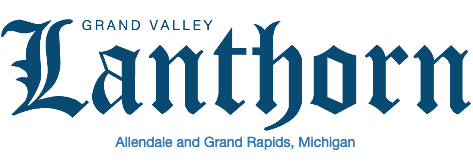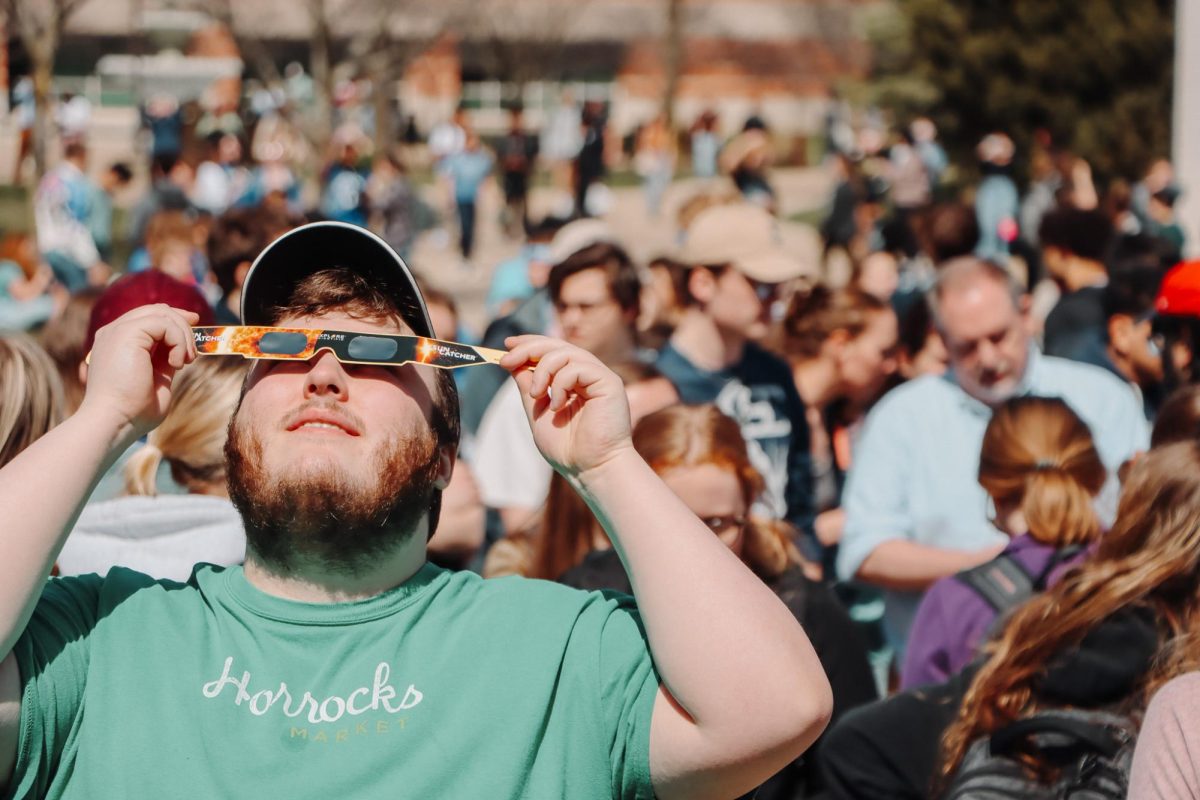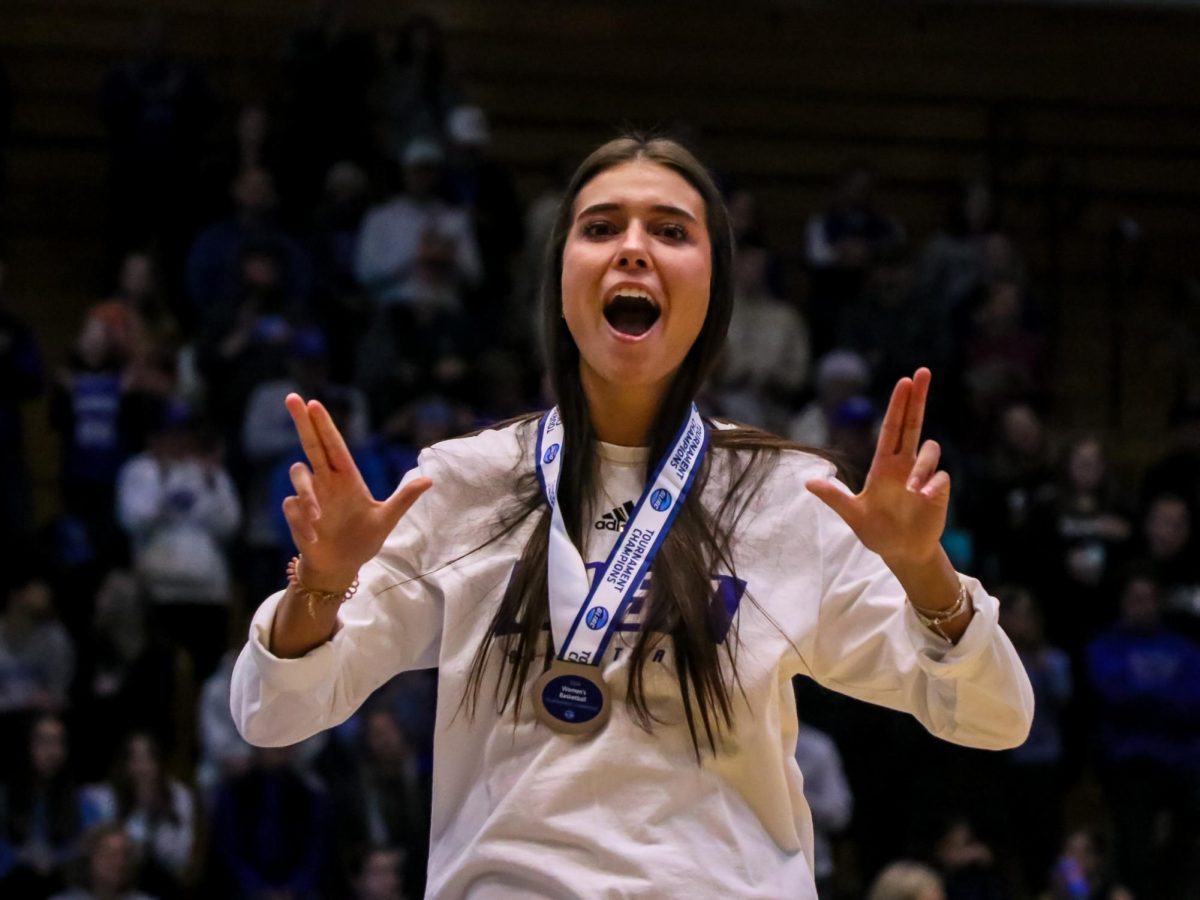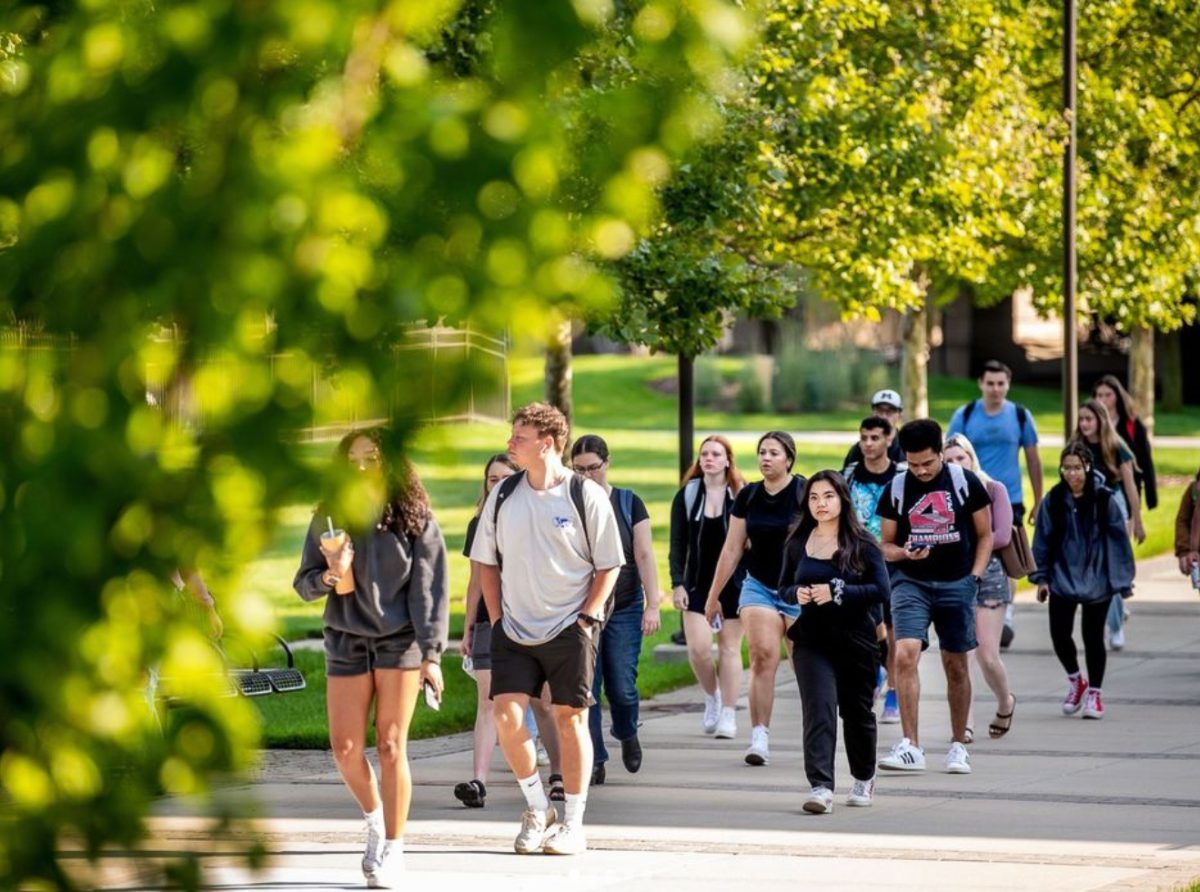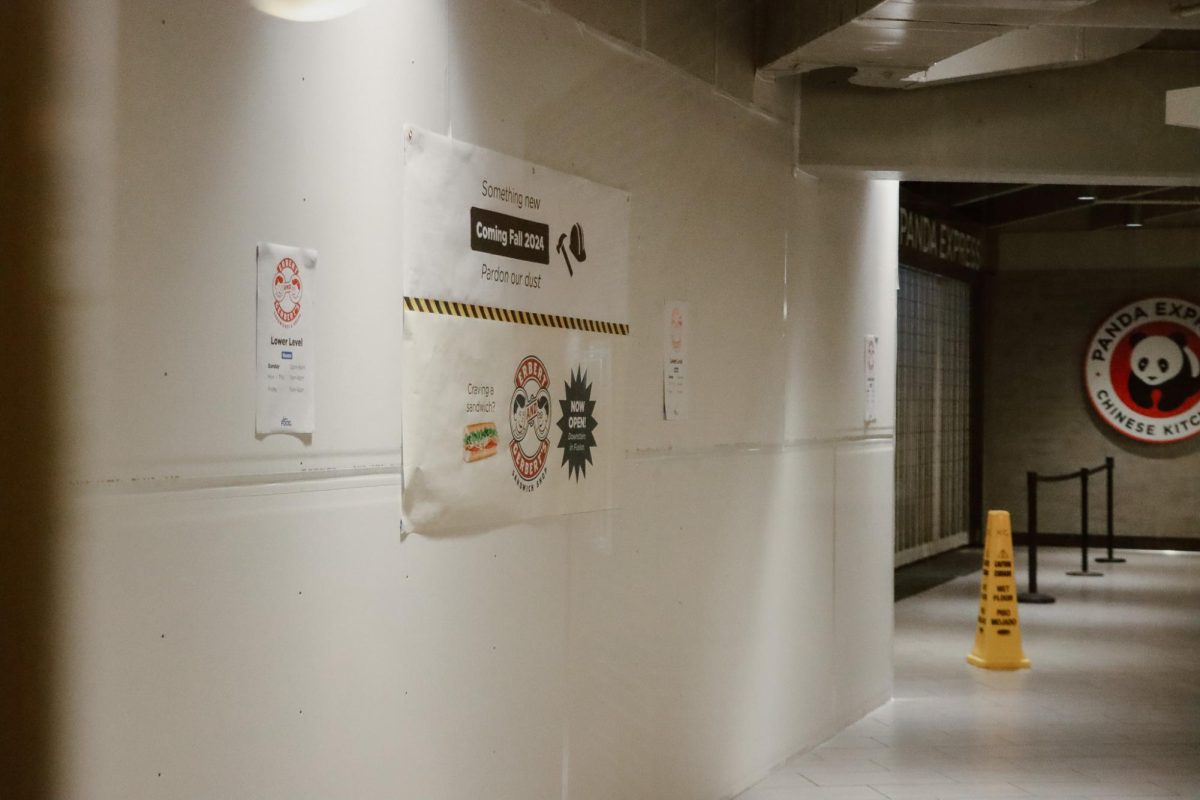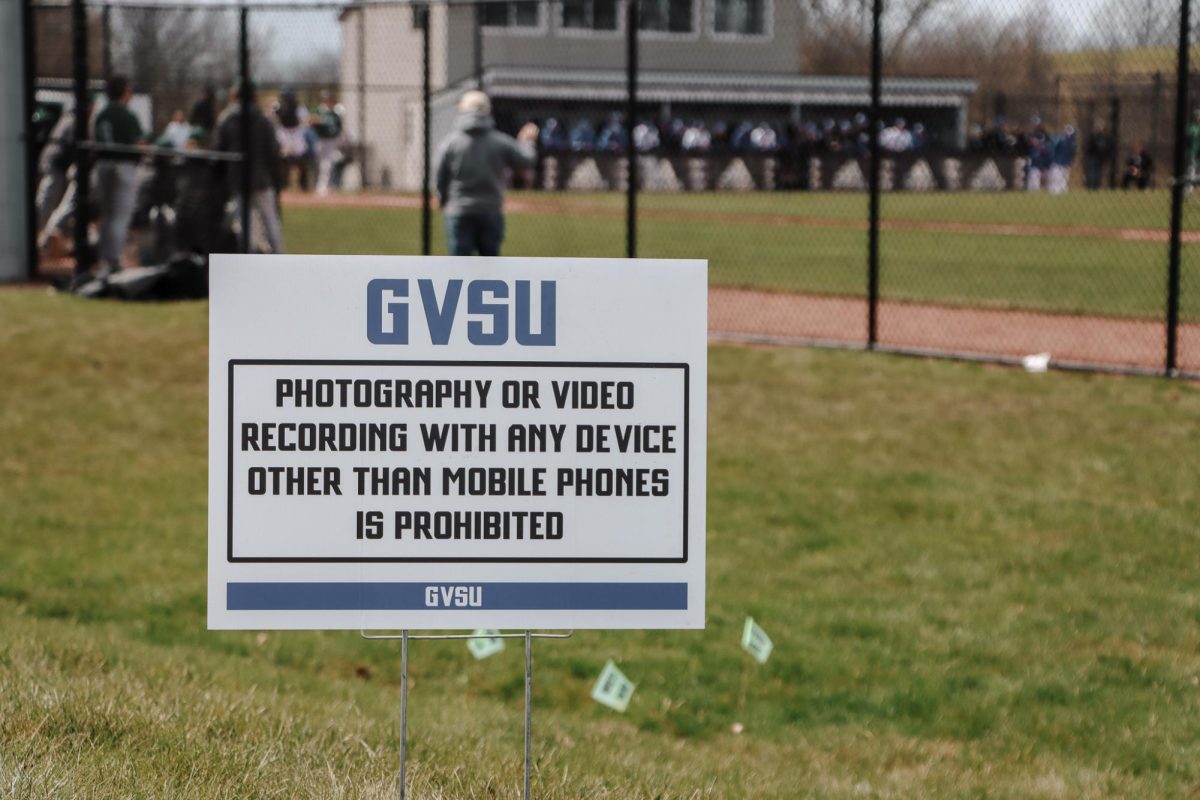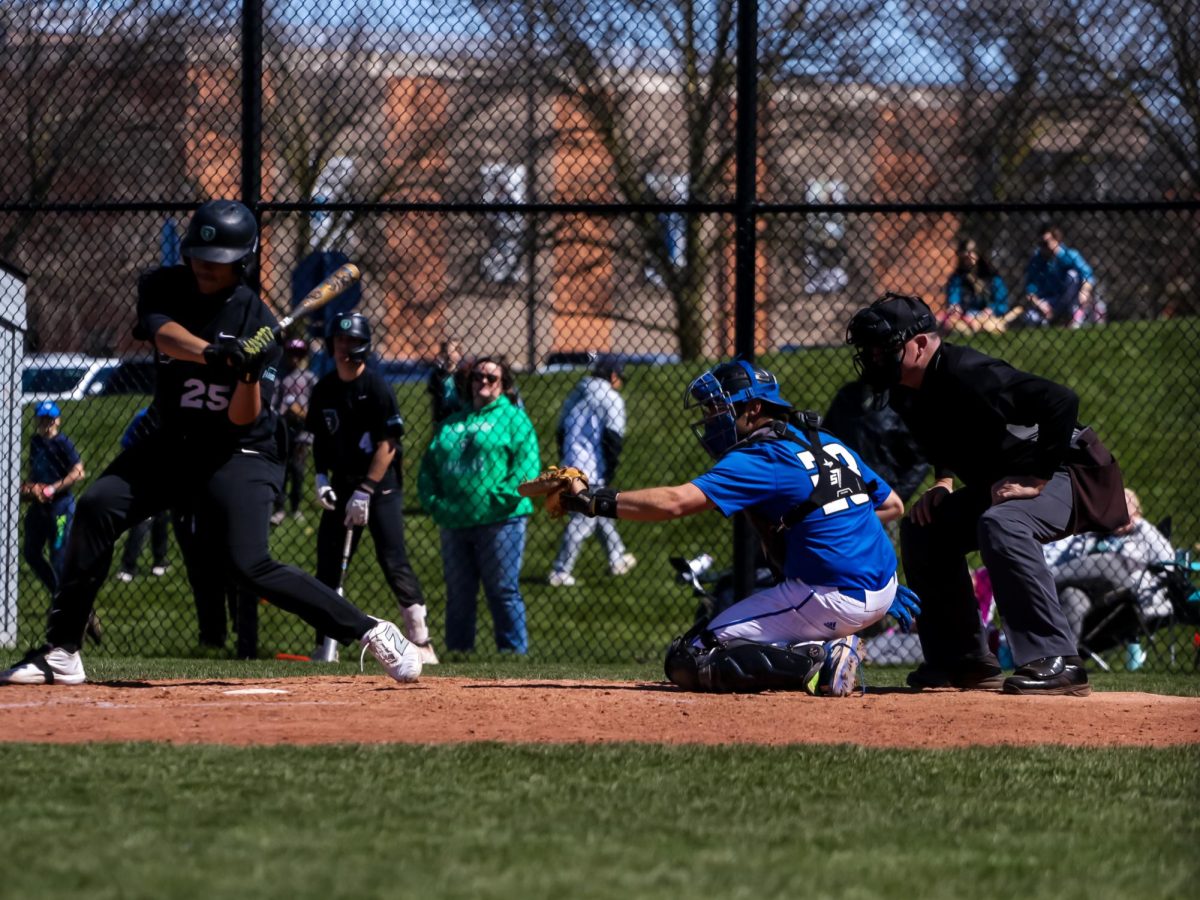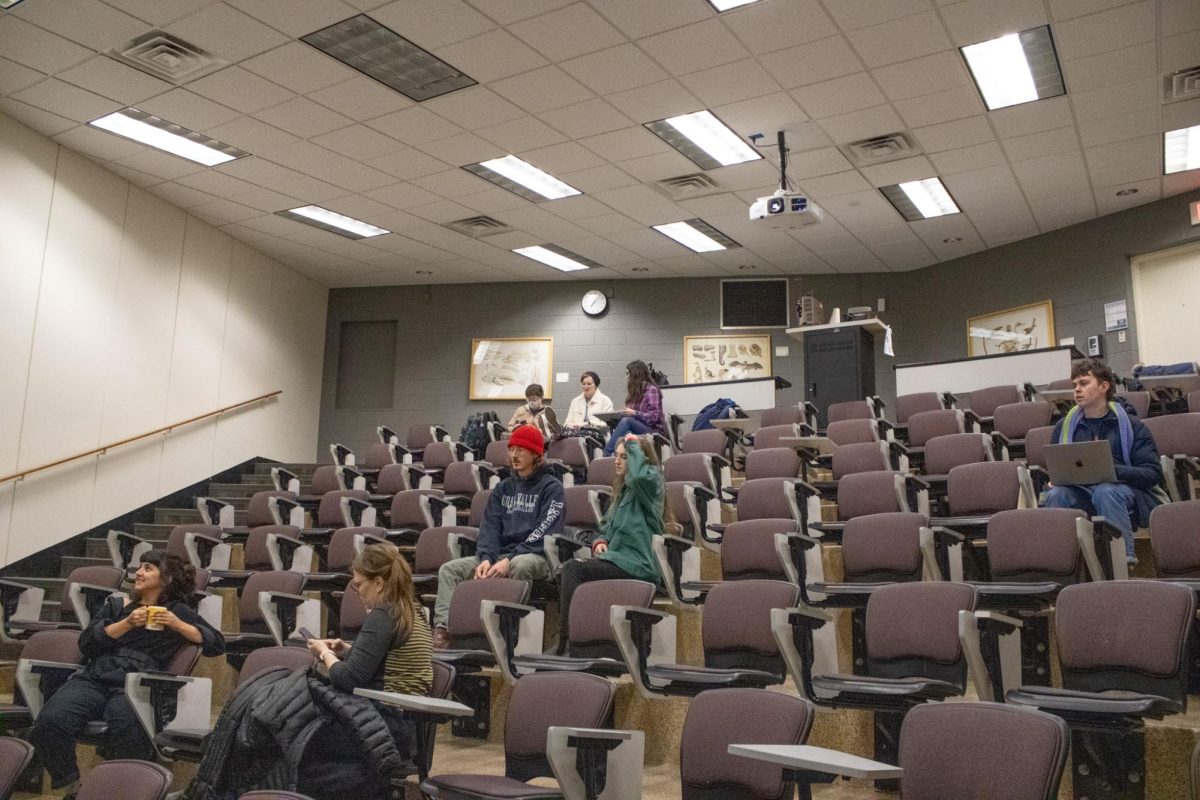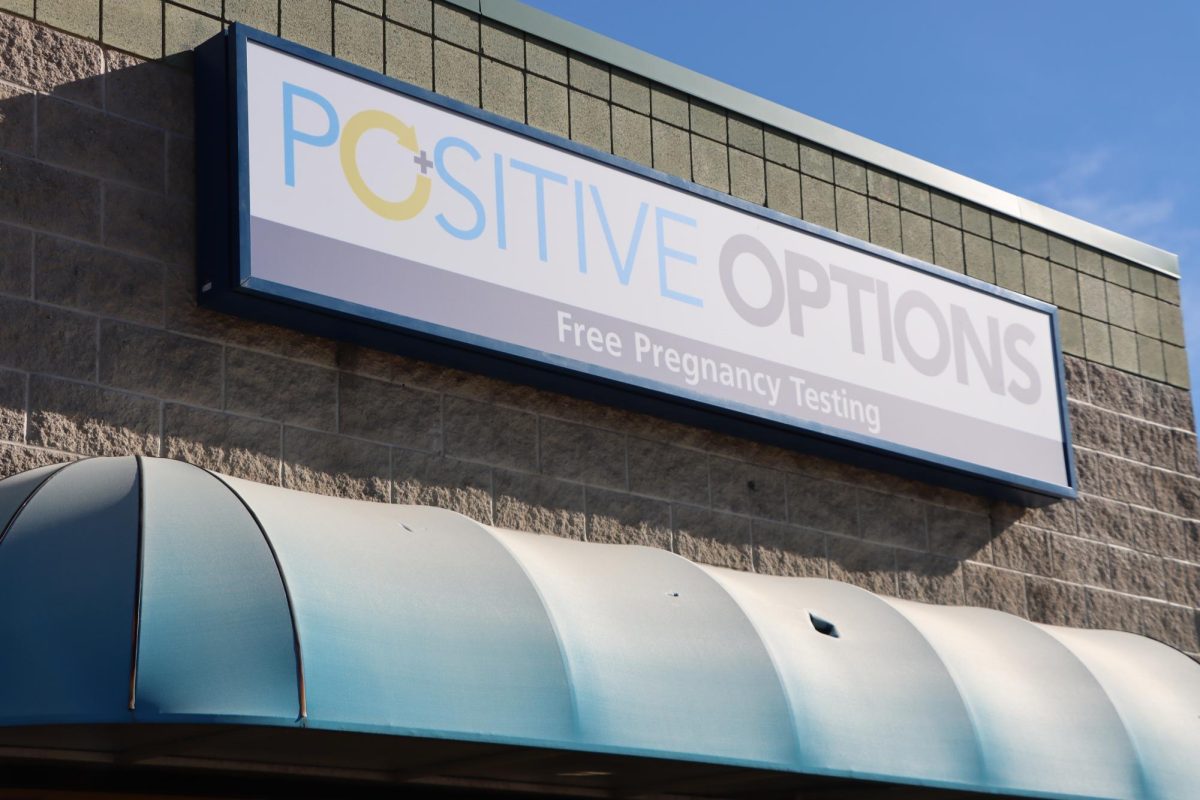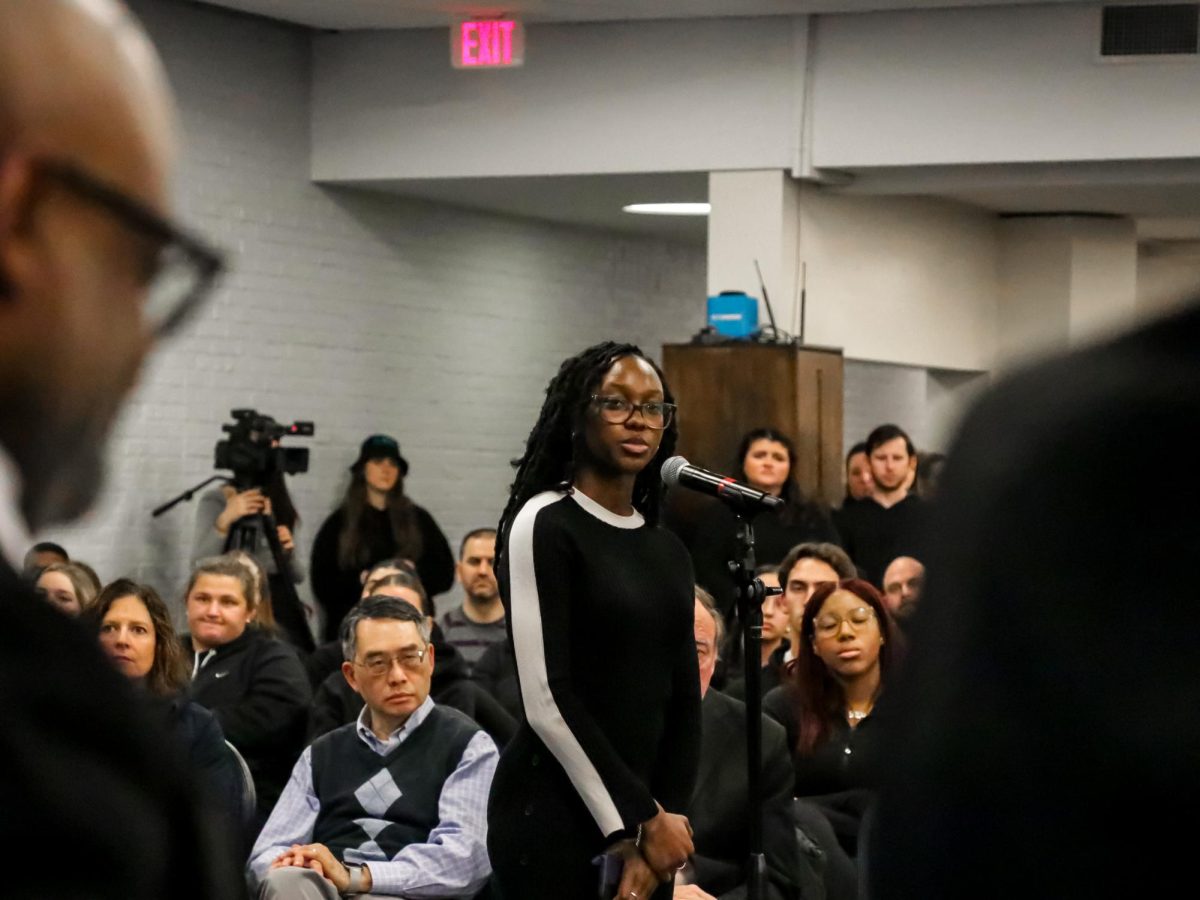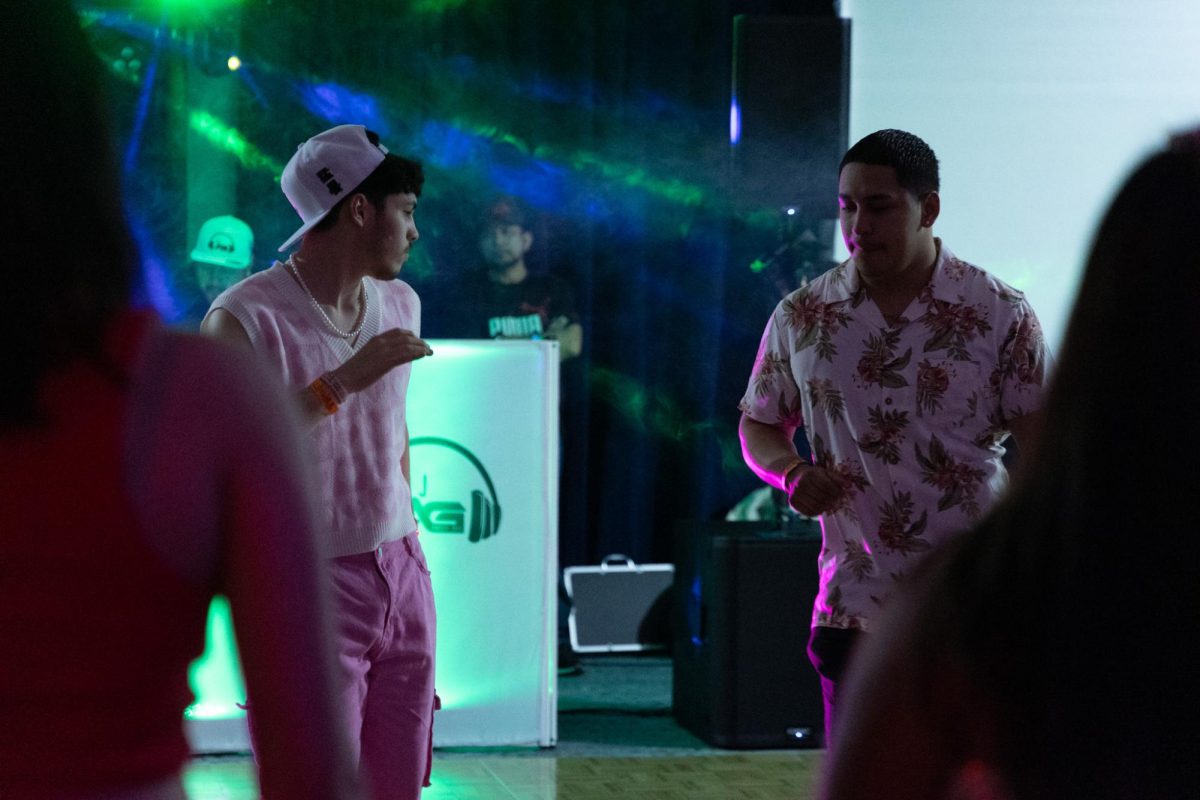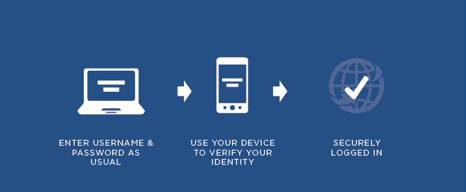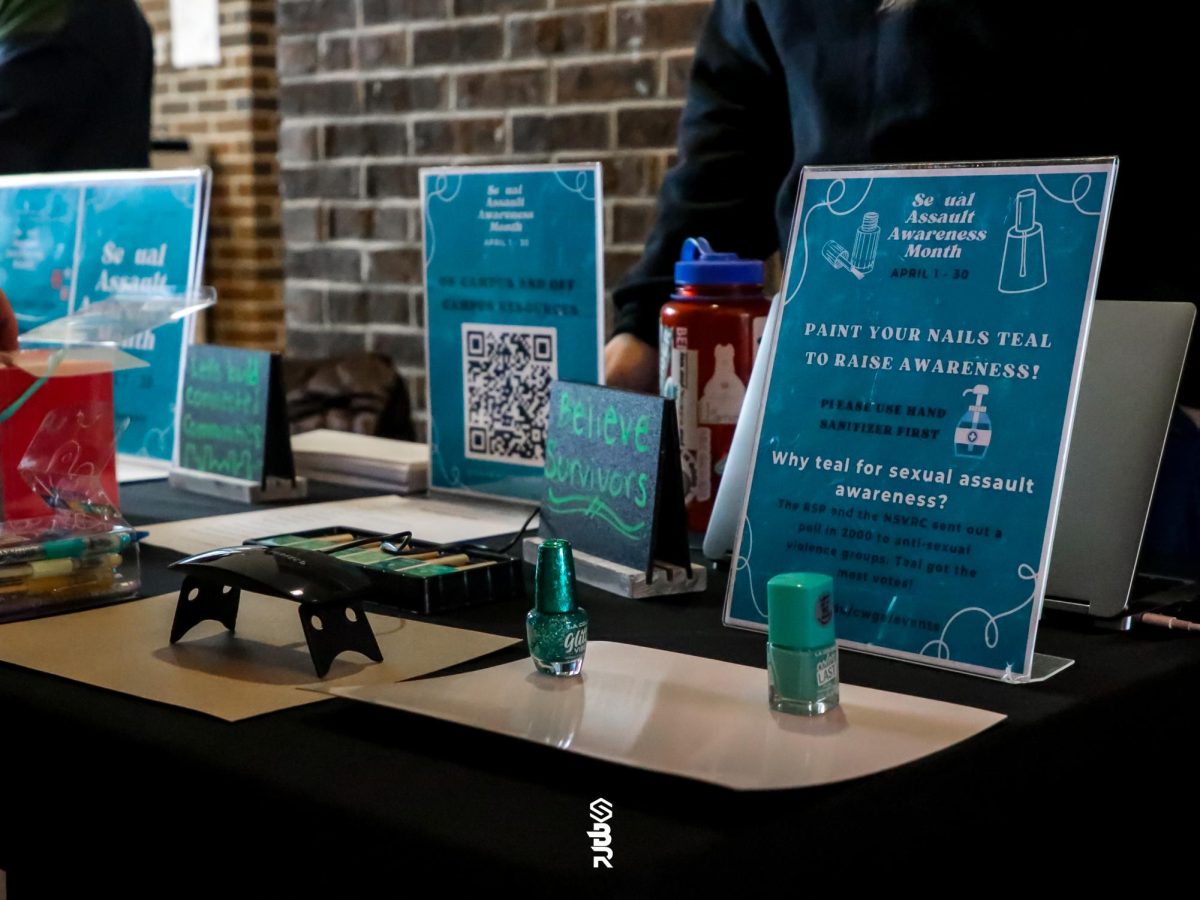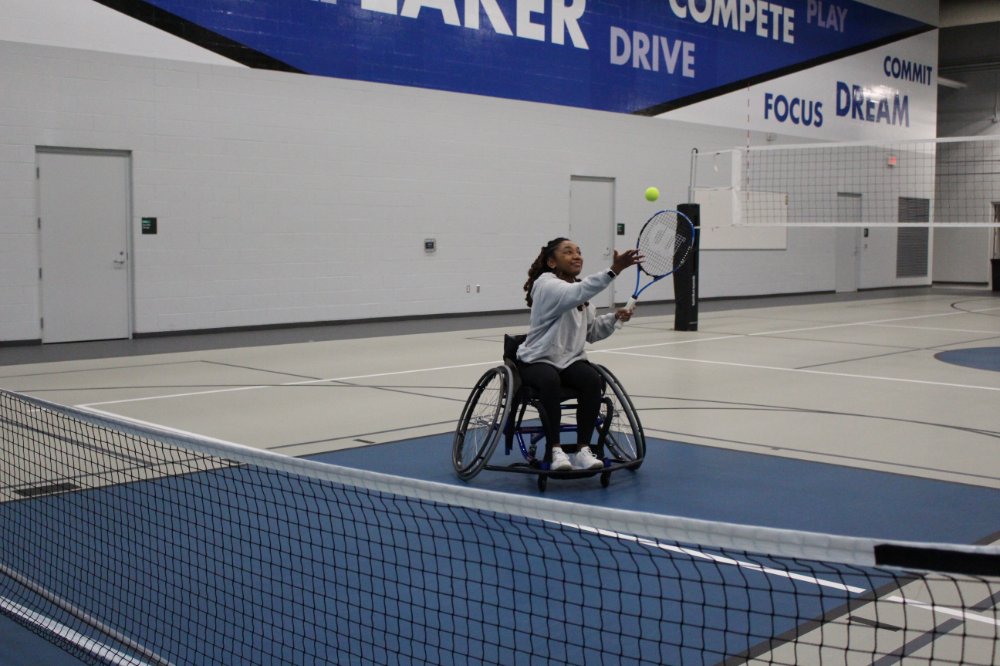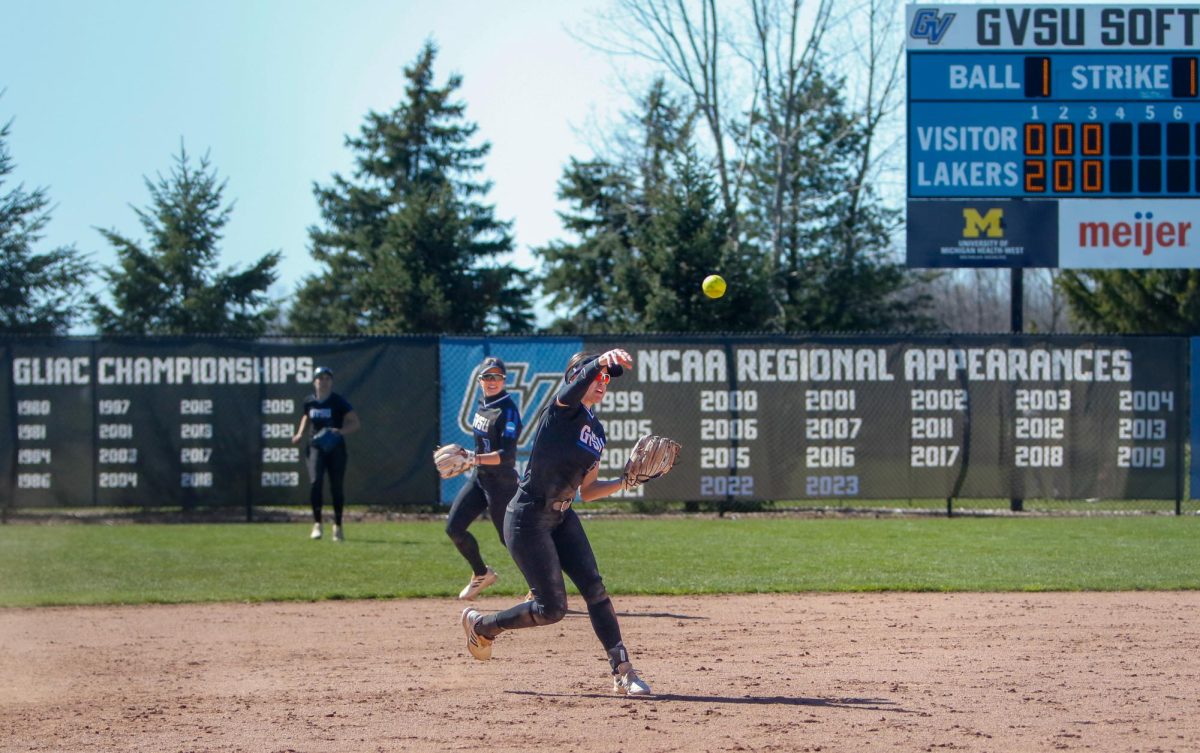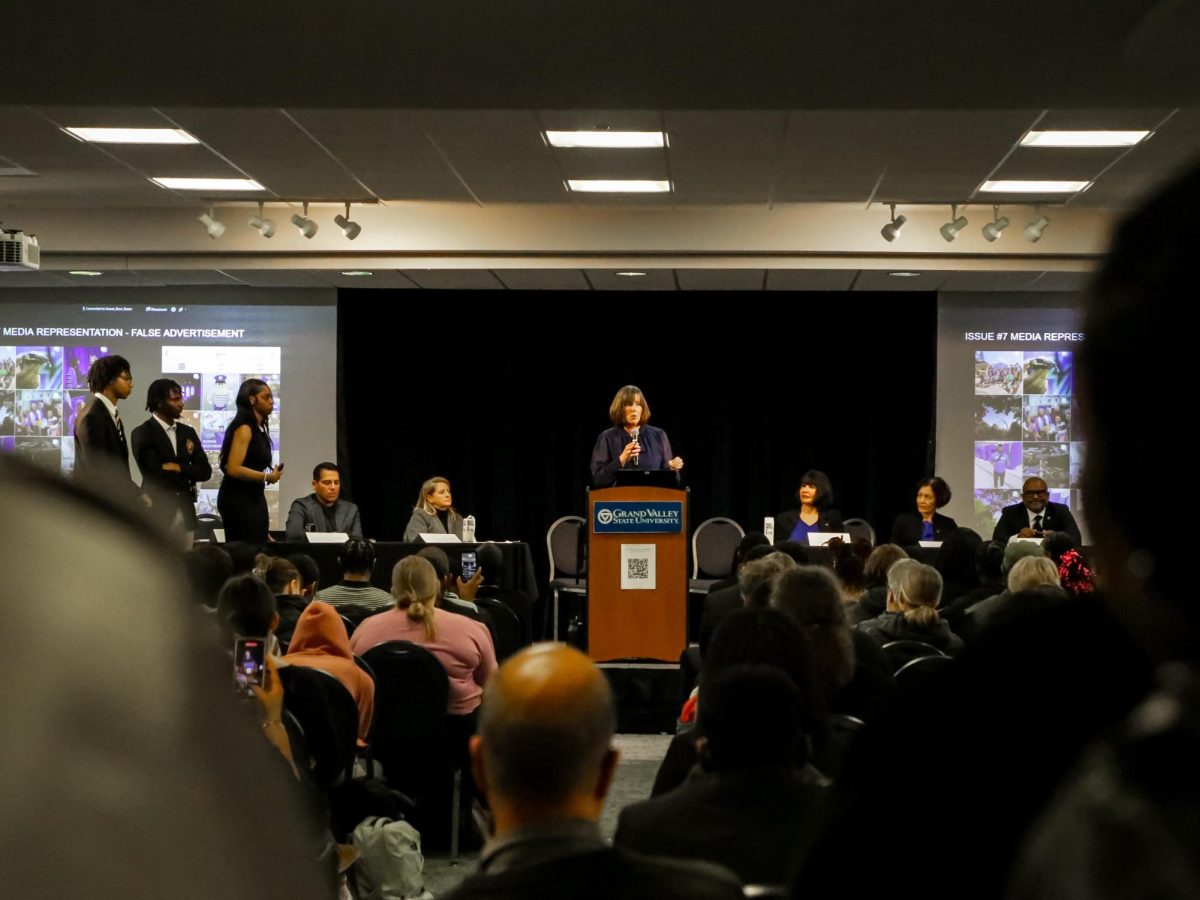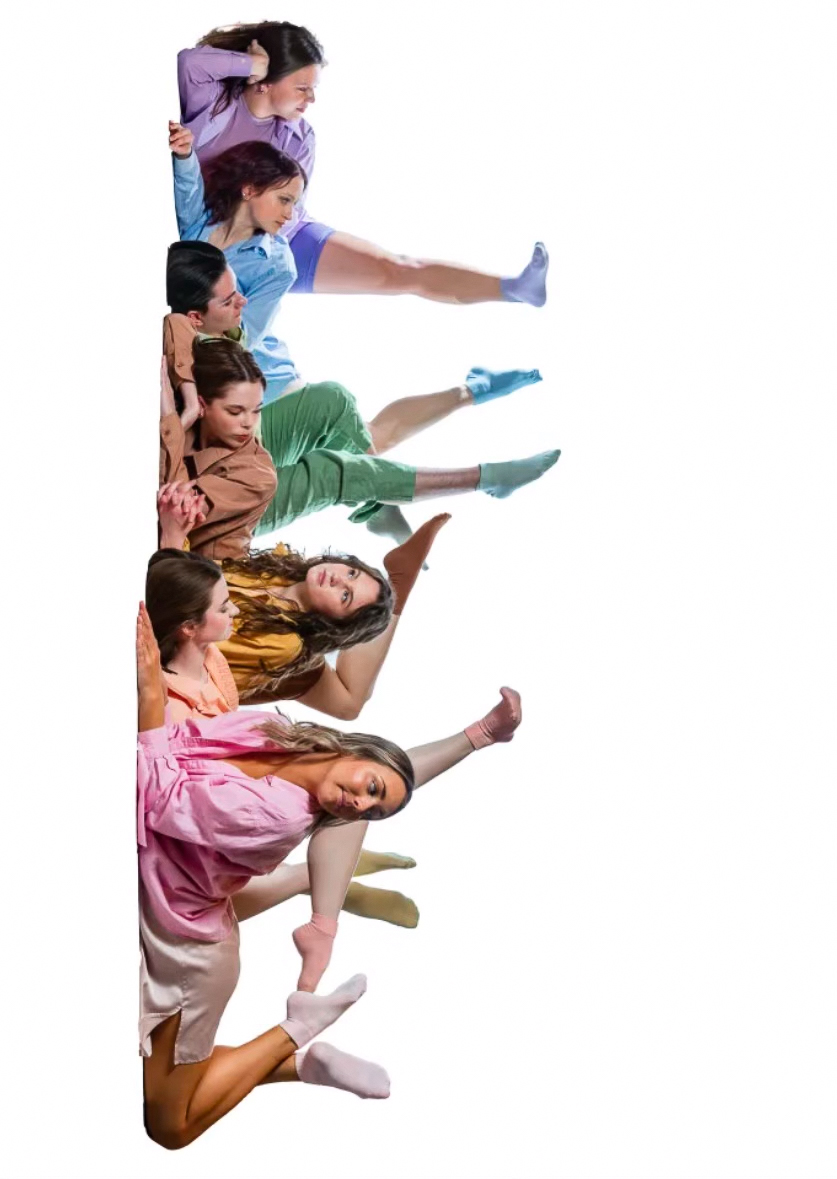Women’s Center fights stereotypes, promotes diversity
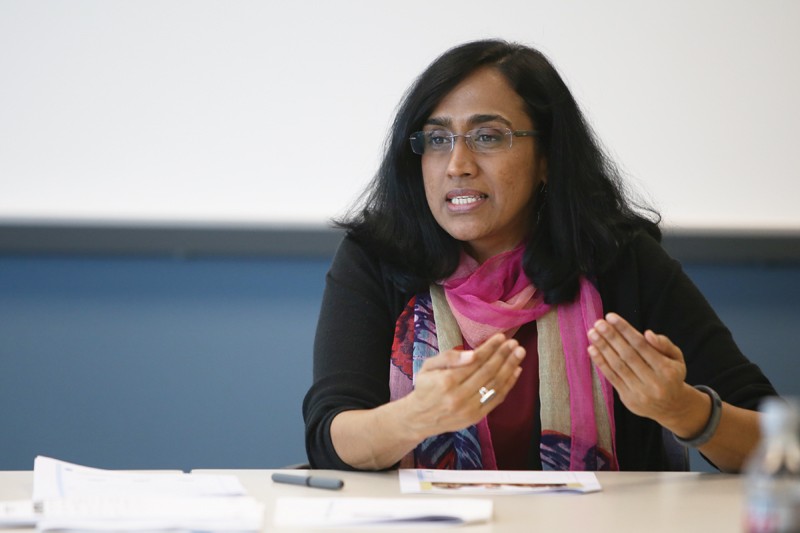
GVL / Robert Mathews Shaily Menon, associate dean of the College of Liberal Arts, speaking at the Asian Women in Higher Education presentation in Kirkhof.
Feb 28, 2013
Breaking stereotypes, inclusive faculty and diverse role models were some of the main topics discussed during Grand Valley State University’s ‘Asian Women in Higher Education’ talk Feb. 27. The event gave participants the opportunity to learn about creating a diverse atmosphere for incoming students and openly discuss their thoughts and opinions.
Students representing a variety of demographics and members of various GVSU centers including the LGBT center and the athletics department came to the event, which focused on the lack of Asian women in higher education institutions.
‘Asian Women in Higher Education’ is part of the Women’s Center’s ‘Fire side chats’ program, and Connie Dang, director of the Office of Multicultural Affairs, said the program was meant to be informal, giving each participant the opportunity to share thoughts and questions throughout.
Dang and Shaily Menon, associate dean of the College of Liberal Arts and Sciences, lead the discussion-based program, but began by introducing the participants to data and statistics concerning the lack of Asian and other women of color in leadership positions, especially in higher education.
“There is a pool of qualified applicants,” Dang said. “They could be moved into these positions, but they are not.”
The statistics showed an increase in graduation rates of students of color, including Hispanic, Asian and American Indian by 2015.
Because of the expected increase of diverse students likely to enroll in higher education, Dang said those in leadership roles and positions of power have to be cautious of prejudice.
“(With the) opportunity to create diverse teams, be aware of your own biases,” Dang said. “Check your stereotypes.”
Menon spoke to the group about common stereotypes that get perpetuated and continued throughout the workplace and in academic settings. She said one of the main reasons these stereotypes continue is the lack of mentoring or role models.
Menon explained that a schema is another form of stereotype that can play a major role in diversity and judgments. “Schemas are subconscious (thoughts) about who will be successful,” Menon said. “We’re not even aware that we have them, but people fall back on them.”
She said schemas are usually used under a time crunch or when little information is known about a subject or person.
“We all have bias. We all have schemas. They are not all bad,” Menon said. “It’s only bad when it influences who can be a leader, who gets promoted. Just make sure you don’t fall back on your bias.”
Many of the participants of the event were women in leadership positions at GVSU, and Menon said they should be aware of the potential prejudice but also prepare for it ahead of time.
“Don’t set up conditions that allows bias to flourish,” she said.
She also spoke about behaviors that are connected to a certain stereotype or perception that can lead to misunderstanding and miscommunication in leadership roles. Menon said looking at only behaviors can lead to trouble, “because we don’t see the values that underline the behaviors.”
Although topics mostly centered on higher education, Dang said a shift to thinking of culturally diverse people in higher education can start in the home.
“Parents say go be a doctor, an engineer, but don’t discuss (the possibility) of higher education. The shift of thinking (can start) at home,” she said. “We have work to do. More Asian and Latino students will be coming to higher education. Faculty and staff need to match.”
[email protected]


